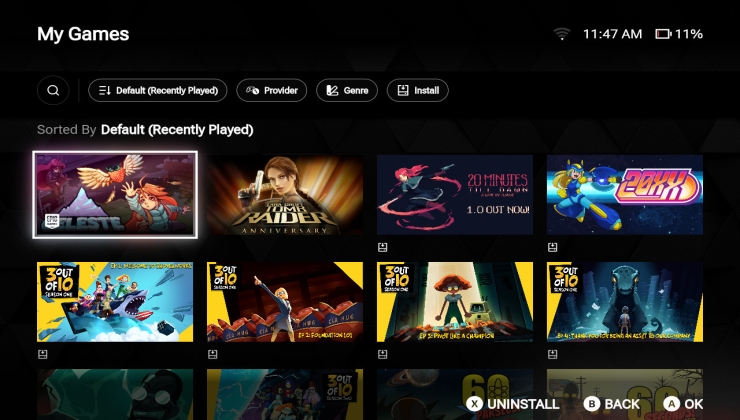I would probably go with bluefin. KDE is great, I myself use aurora on one of my devices, but it can also be kinda fiddley with all of it’s options.
The user has never even used a PC and therefore won’t profit from the familiarity that KDE’s default desktop layout provides. Gnome on the other hand offers a more simplified experience with few options and big icons. All of that might be an asset here. You can use menulibre to hide menu entries from the menu and use the official documentation to remove command line access: https://help.gnome.org/admin/system-admin-guide/stable/lockdown-single-app-mode.html.en
Plus it’s still atomic which I actually think is helpful here. For once all the important system stuff is read only. Secondly if one manages to screw something up you can just rebase.








He’ll, even an Intel based thin client would probably be enough. You can get them on eBay for like 30 bucks, which is about as much as a pi costs. You’ll probably have to replace the ssd though. That’ll set you back an additional 30 bucks.